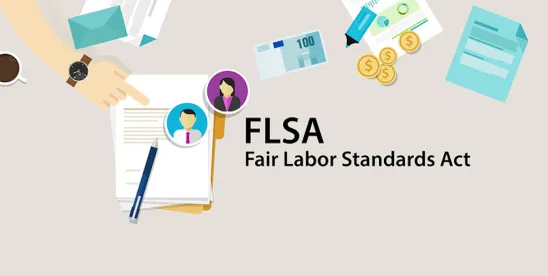The U.S. Supreme Court has set oral argument for November 5, 2024, in E.M.D. Sales, Inc. v. Carrera.
The issue before the court is what standard of proof employers must satisfy to demonstrate that a Fair Labor Standards Act (FLSA) exemption to its overtime and minimum wage requirements applies. Specifically, the court will resolve whether the standard is a “preponderance of the evidence” or “clear and convincing evidence.”
The U.S. Court of Appeals for the Fourth Circuit adopted the more stringent “clear and convincing evidence” standard. However, most courts in other federal circuits apply the less exacting “preponderance of the evidence” standard. To demonstrate “clear and convincing” evidence, an employer must show that there is a high probably or high likelihood of the exemption applying. While not as high of a bar as the “beyond a reasonable doubt” standard used in criminal cases, the Fourth Circuit’s approach involves a much higher burden than showing it is more likely than not (the “preponderance of the evidence” standard).
Notably, in Encino Motorcars, LLC v. Navarro, 584 U.S. 79 (2018), the Supreme Court recently rejected the Fourth Circuit’s determination that exemptions under the FLSA should be narrowly construed and determined they should be given their ordinary meaning. It is not clear whether that ruling will impact the court’s decision on the burden of proof required.
Several interested third parties have filed amicus briefs before the Supreme Court in this matter, including the Washington Legal Foundation and the U.S. Chamber of Commerce. As a reminder, the burden of proving an exemption falls on the employer claiming that exemption.
The outcome of this Supreme Court case will have significant practical effect in that it will determine how much evidence an employer must provide to prove an exemption. Given the number of FLSA collective actions filed each year, this case has broad implications for employers in both deciding whether to classify an employee as exemption and in its legal strategy when defending FLSA misclassification claims.




 />i
/>i
